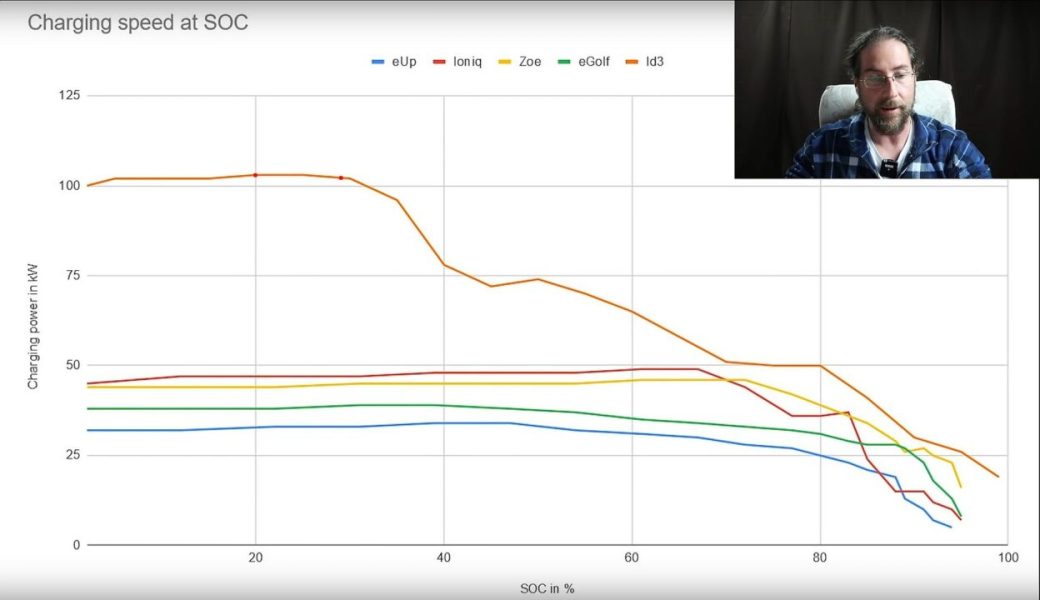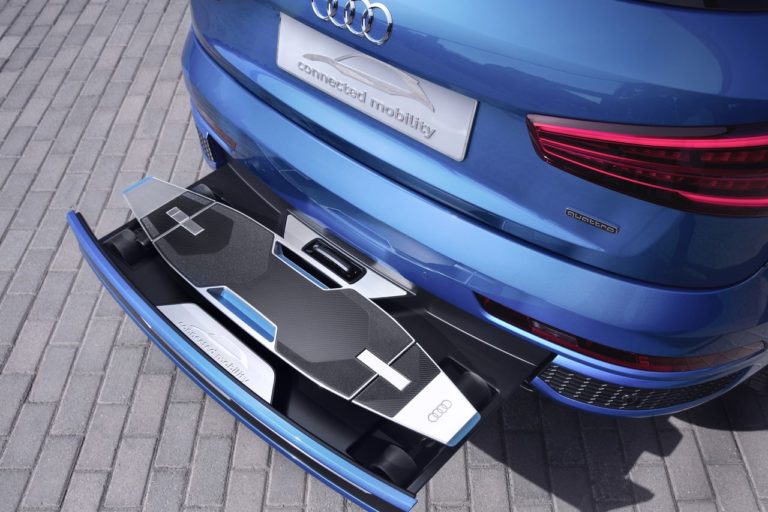
Volkswagen ID.3 with heat pump compared to VW ID.3 without heat pump. What is the difference and is it worth paying extra?
Battery Life compared Volkswagen ID.3 1st Plus without heat pump and ID.3 1st Max with heat pump. It turned out that when the outside temperature was low and the interior temperature was high, the difference in energy consumption was significant, and the heat pump model turned out to be better.
Heat pump - worth it or not? Another voice in the discussion
The experimental conditions were slightly modified to highlight the expected differences between the two cars. When the outside temperature was between 2 and 6 degrees Celsius, the drivers set the cabin temperature to 24 degrees and regularly checked whether the heating of any part of the cab was limited.
It turned out that the model with resistance heaters consumes an average of 17,7 kWh / 100 km (177 Wh / km), while the heat pump version consumes 16,5 kWh / 100 km (165 Wh / km), i.e. 6,8, 69% less. . After driving the same distance in a car without a heat pump, 101 kilometers remained, in the variant with a heat pump - XNUMX kilometers.

Loading both vehicles looked interesting. The model without the heat pump had a more discharged battery (20 versus 29 percent), started with more power and, be careful, caught up and then overtook the option with the heat pump. The 1st Plus owner's explanation was pretty dizzying: he claimed it was because he started from a different place on the charge curve. Let's add that his own measurements show that the difference between 20 and 29 percent is negligible (we marked these values with red dots):

Returning to the main thread, the non-heat pump model consumed only 33,5 kWh from the charger, the heat pump model 30,7 kWh. Conclusion? The more often we drive in temperatures below 10 degrees Celsius, the more sensitive the heat pump will be. This is worth considering, remembering that we usually go to work in the morning when the temperature is lower.
Entire entry:
Note from the editors of www.elektrowoz.pl: it is worth paying attention to the charging power of both cars at low temperatures and comparing them with the curve in the content.
This may interest you:

